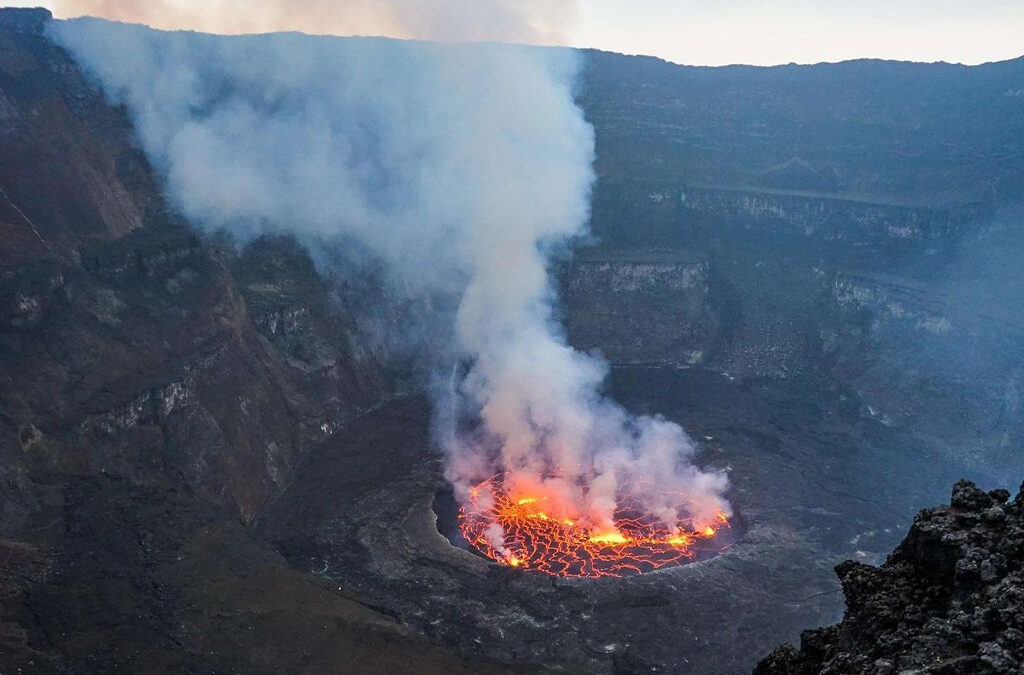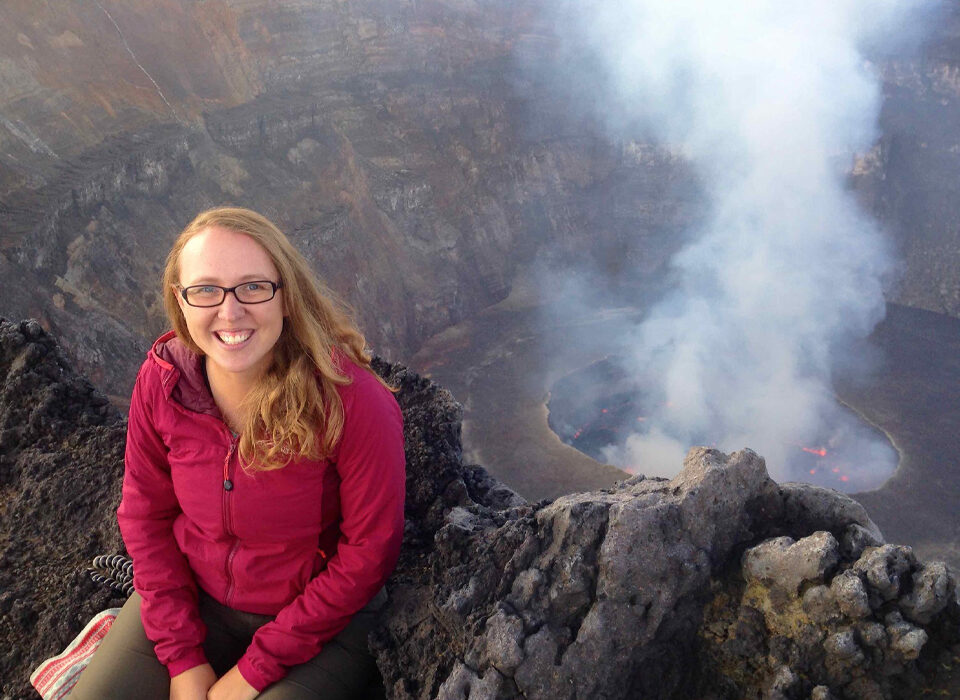- GET IN TOUCH WITH US:
- +256 753518160
- +256 777842166
- info@experiyatourcompany.com

Gorilla Families in Democratic Republic of Congo
October 3, 2025
2 Days Masai Mara Safari
October 3, 2025Is It Safe to Hike Mount Nyiragongo Volcano?

Safety of Hiking Mount Nyiragongo Volcano
Yes, it is generally safe to hike Mount Nyiragongo Volcano. In the past, the Democratic Republic of Congo (DRC) experienced challenges such as civil unrest, rebel activities, and health crises like Ebola outbreaks. These issues discouraged many travelers from visiting. However, in recent years, the security situation has improved, and hiking to the volcano has become safer. Authorities and tour operators constantly monitor the security situation, and visitors receive updated advice before beginning their adventure.
About Mount Nyiragongo Volcano
Mount Nyiragongo rises 3,470 meters above sea level and is one of the world’s most active and dangerous volcanoes. It belongs to the Virunga Mountain range, which straddles Uganda, Rwanda, and the DRC. Other peaks in this chain include Mount Muhabura, Sabyinyo, and Gahinga in Uganda; Mount Bisoke and Karisimbi in Rwanda; and Mount Nyamuragira, which lies between Rwanda and Congo.
One of the most thrilling highlights of a Nyiragongo hike is the overnight stay at the summit. Here, hikers can watch the world’s largest active lava lake glowing, bubbling, and smoking from deep within the crater. The experience is unforgettable, though it can be very cold and windy at night. Cabins at the summit provide shelter, where hikers often hear and even smell the volcanic activity below.
Visa and Travel Requirements for Congo
All travelers must secure a visa before entering the DRC. Unlike neighboring countries such as Uganda and Kenya, Congo does not issue visas on arrival. Instead, visitors need to apply in advance through the nearest Congolese Embassy or Consulate.
Visa fees vary:
- Single entry (1 month validity): $100
- Single entry (2 months validity): $135
- Single entry (6 months validity): $400
Applications should be submitted at least 2–3 weeks before travel. An invitation letter and a valid yellow fever vaccination card are also required.
How to Get to Mount Nyiragongo
The most convenient route is flying into Kigali International Airport (Rwanda), then driving to Gisenyi on the Rwanda-Congo border. From there, travelers cross into Goma town in the DRC and proceed to Virunga National Park headquarters—about a 2-hour drive.
Alternatively, one can fly into Kinshasa, but this requires a long internal journey to reach the park. Visitors should ensure all equipment is cleared with security authorities before entry.
Where to Stay During the Hike
Accommodation options near Mount Nyiragongo range from budget to luxury:
- Budget: Bukima Tented Camp, Kibumba Tented Camp (around $90–$100 per night).
- Mid-range: Tchegera Island Camp, Lulimbi Tented Camp ($100–$200 per night).
- Luxury: Mikeno Lodge ($200–$400 per night).
At the summit, basic cabins are available for overnight hikers, offering a once-in-a-lifetime view of the lava lake.
Best Time to Hike Mount Nyiragongo
Hiking is possible year-round, but the dry seasons (December–February and June–September) are the best times to visit. During these months, trails are less slippery, and visibility is clearer. Since Congo’s tropical climate can bring unexpected rain, hikers should always be prepared for wet conditions.
Other Activities in Congo
Apart from the Nyiragongo hike, travelers can explore other remarkable adventures in the DRC:
Mountain Gorilla Trekking
Virunga National Park is home to a small number of habituated gorilla families, including Kabirizi, Humba, Rugendo, Mapuwa, Lulengo, Munyaga, Nyakamwe, and Bageni. The Kabirizi group is the largest and most popular. Gorilla trekking permits are limited and should be booked at least three months in advance.
Nature Walks
Virunga’s dense tropical forests offer rewarding walks where visitors can enjoy unique vegetation, spot birds, and encounter smaller mammals and reptiles.
Bird Watching
With over 700 bird species recorded, Virunga is a paradise for bird lovers. Habitats range from swamps to grasslands and rainforests, creating ideal conditions for diverse species.
Lowland Gorilla Trekking
For a different gorilla experience, Kahuzi-Biega National Park offers lowland gorilla trekking. Only two families are open to visitors, making permits highly competitive—especially in peak months (June–September and December–February).

